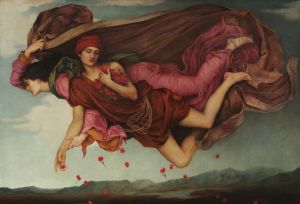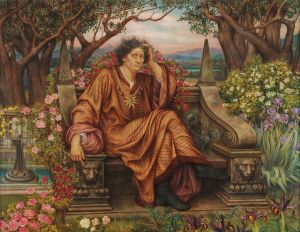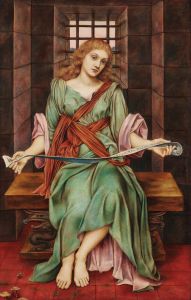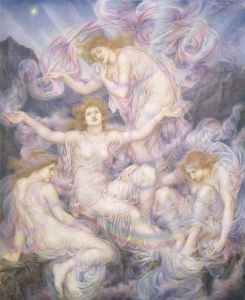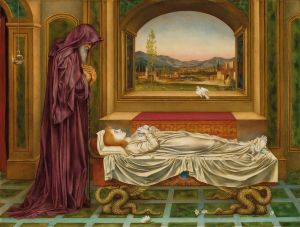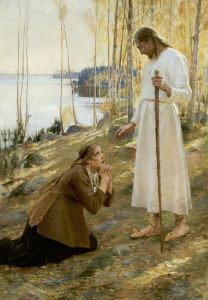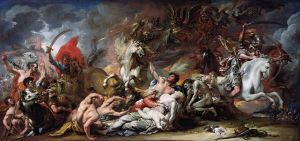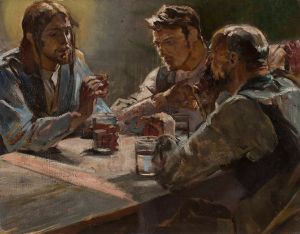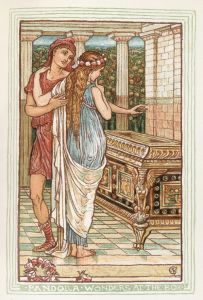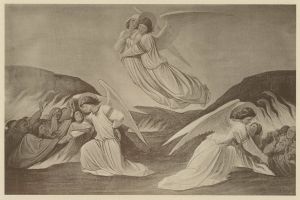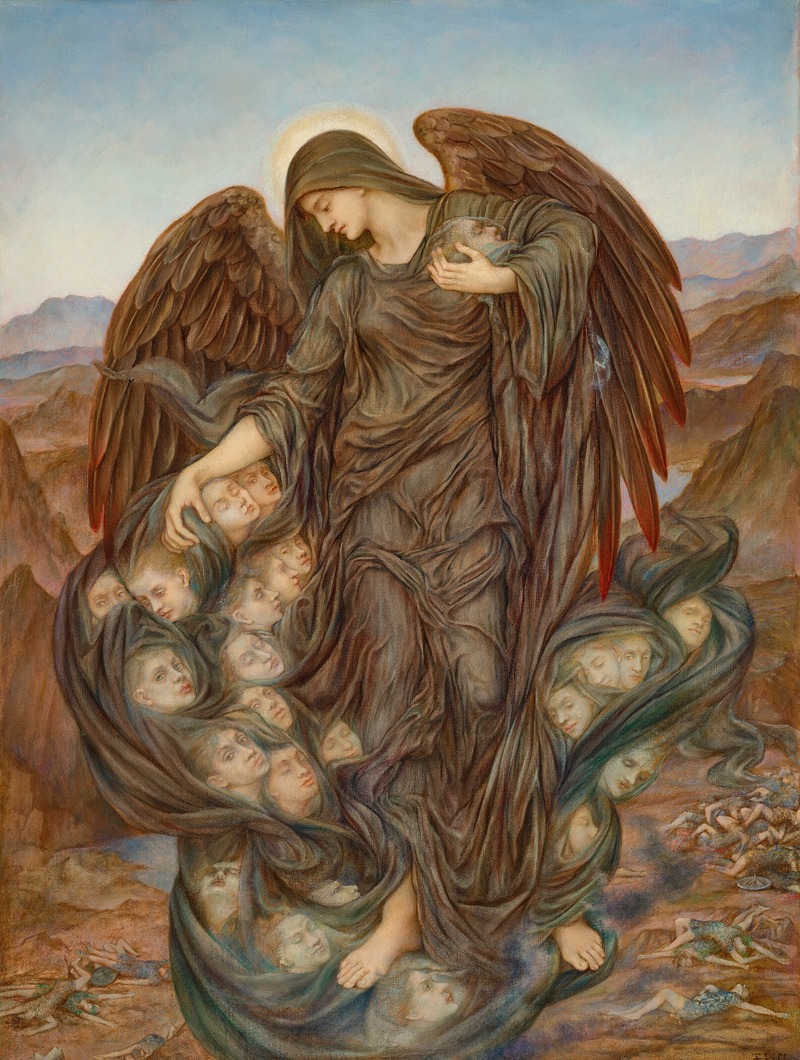
The Field of the Slain
A hand-painted replica of Evelyn De Morgan’s masterpiece The Field of the Slain, meticulously crafted by professional artists to capture the true essence of the original. Each piece is created with museum-quality canvas and rare mineral pigments, carefully painted by experienced artists with delicate brushstrokes and rich, layered colors to perfectly recreate the texture of the original artwork. Unlike machine-printed reproductions, this hand-painted version brings the painting to life, infused with the artist’s emotions and skill in every stroke. Whether for personal collection or home decoration, it instantly elevates the artistic atmosphere of any space.
"The Field of the Slain" is a painting by the British artist Evelyn De Morgan, completed in 1916. Evelyn De Morgan was a prominent figure in the late 19th and early 20th-century art scene, known for her association with the Pre-Raphaelite movement and her distinctive style that often incorporated allegorical and symbolic themes.
This particular work, "The Field of the Slain," is a poignant reflection on the devastation of war, created during the tumultuous period of World War I. The painting is imbued with De Morgan's characteristic use of symbolism and allegory to convey deeper meanings and emotional responses to contemporary events.
In "The Field of the Slain," De Morgan presents a haunting and somber landscape. The painting depicts a desolate battlefield, strewn with the bodies of fallen soldiers. Above them, ethereal, angelic figures hover, seemingly guiding the souls of the deceased away from the earthly realm. This imagery is consistent with De Morgan's frequent use of spiritual and otherworldly elements to explore themes of life, death, and the afterlife.
The color palette of the painting is subdued, dominated by earthy tones and muted hues, which enhances the somber mood of the scene. The contrast between the lifeless bodies on the ground and the serene, almost luminous presence of the angels above creates a powerful visual dichotomy, emphasizing the transition from the horrors of war to a more peaceful, spiritual existence.
Evelyn De Morgan's work often reflected her pacifist beliefs and her interest in spiritualism, and "The Field of the Slain" is no exception. The painting can be interpreted as a critique of the senselessness of war and a hopeful vision of transcendence and redemption. It serves as a testament to De Morgan's ability to convey complex ideas and emotions through her art, using a blend of realism and symbolism.
"The Field of the Slain" is part of the De Morgan Collection, which includes many works by Evelyn De Morgan and her husband, the ceramicist William De Morgan. The collection is managed by the De Morgan Foundation, which aims to preserve and promote the legacy of these two influential artists.
Evelyn De Morgan's contribution to art, particularly through works like "The Field of the Slain," highlights her unique ability to address contemporary issues through a lens of timeless themes and spiritual inquiry. Her paintings continue to be studied and appreciated for their artistic merit and the depth of their symbolic content.








